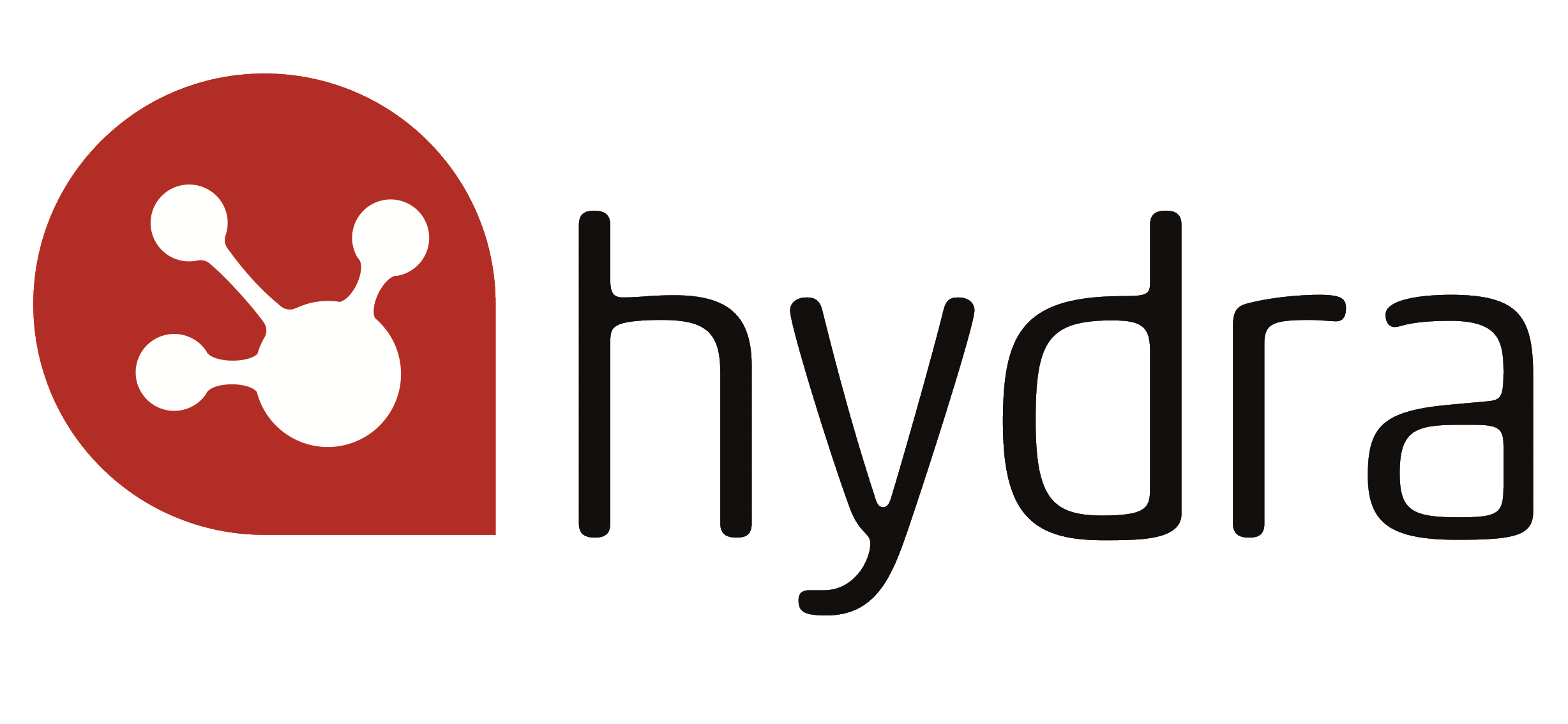How to learn faster with repeatable projects and master the five processes to help get your project's 'ducks in a row'.
Getting a new project off the ground quickly and effectively relies largely on an established and repeatable process. Some organisations treat process management and project management as two entirely different things, but in the most efficient organisations, the two are heavily intertwined.
A tried and tested process is the driving force behind the delivery of efficient, successful projects. The bigger and more complex a project, the more you need formal processes in place to effectively manage the work.
In this post, we’re going to explore five processes in more detail that form the backbone of any project. By mastering these processes, you can learn faster and drive value by delivering successful, repeatable projects.
1. Project initiation
Project initiation is the starting of every project. As the project manager, it is your responsibility to make sure the work is understood and agreed by the key stakeholders. Project managers must work with stakeholders to ensure the client and project team have the same expectations of how the project will be delivered, when it will be complete, how much it will cost and what the benefits will be.
During this process, negotiations may take place to change certain project requirements or remove them altogether. Once this process is complete, the project requirements should be signed off before the next process can begin.
2. Project planning
This is one of the most crucial parts in the project management process, as any mistakes made now could result in serious consequences further down the line.
The starting point is to look at the project at a high level and break down the work into smaller pieces until you have a complete picture of what needs to be done. Collaborating with the project team is extremely beneficial in this part of the process. This will make it clear exactly what is required to complete each activity.
The next step is to sequence the activities and identify the dependencies that exist. From that point, you can allocate resources to each activity and calculate how many hours the activities will take. You can then forecast completion dates for each.
3. Project execution
It’s now time to put the project plan into action to achieve the objectives as set out in the initiation stage. Each team member must now carry out the work as assigned and complete their part of the project within the given deadline.
For the project manager, reporting will be a considerable part of their work. Senior management and in many cases the client, will require regular (daily or weekly) status updates on the project’s progress. The cost and completion time of each activity must also be tracked so appropriate amendments to the project plan can be made.
4. Project control and validation
Managing any issues that arise, the project risks, communication and documentation all form part of this project process. The controlling part of the process can be completed by adhering to protocols such as communication plans and the project plan. Any issues that fall outside of the existing protocols such be managed and controlled accordingly.
The validation part of the project is an ongoing process that centers on ensuring each and every activity has been completed successfully. This should be measured against metrics such as budget, cost, quality and client satisfaction. The quality assurance team should assist the project manager in this part of the process.
5. Project evaluation
Once the activities have been completed and the requirements of the project achieved, it is time to evaluate the project against the acceptance criteria as defined by the client in the initiation stage. At this stage of the process, any mistakes made should be accounted for and steps should be taken to avoid them in future projects.
The project’s margins should also be considered along with the delivery time. If the margins are less than expected or the delivery time later, the reasons for this should be looked at carefully and necessary actions should be taken.
How does Hydra help?
Hydra's Cloud software uses a unique Blueprinting technology that translates your project delivery and knowledge into repeatable best practices and creates a cycle of continuous improvement, in order to increase consistency, quality and customer satisfaction. Get in touch today to arrange your live demo with a member of our team.


